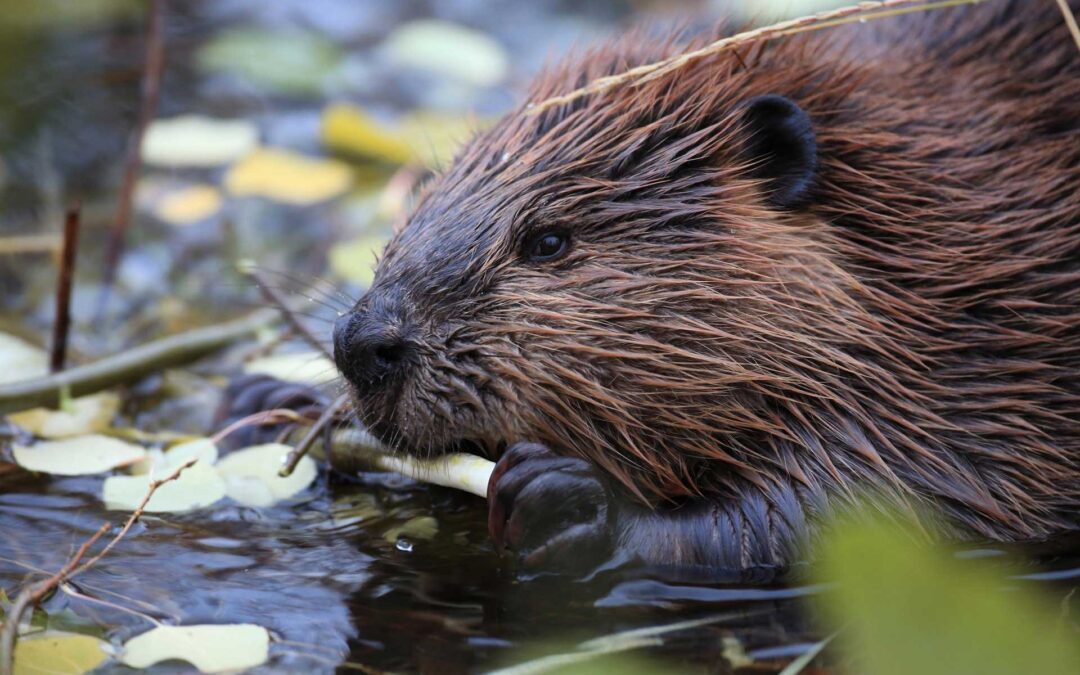The U.S. Department of Agriculture killed more than 23,000 beavers in 2017. There’s a better way to manage our ecosystem engineers.
Each spring Wildlife Services, the branch of the U.S. Department of Agriculture tasked with controlling problematic fauna, engages in a ritual as reliable as snowmelt or bird migration: It announces how many wild animals it killed the previous year. Although 2017’s toll is down from previous years, the numbers are still staggering. All told the agency eliminated 1.3 million native critters, including 319 cougars, 552 black bears and a whopping 23,646 beavers. That’s one paddle-tailed rodent every 22 minutes.
It’s no wonder Wildlife Services is particularly vexed by beavers, a species whose penchant for modifying its surroundings is surpassed only by our own. These relentless engineers gnaw down valuable timber, clog culverts, plug irrigation ditches, wash out roads, flood homes and even chew through fiberoptic cables. One 1983 study suggested that annual beaver damage approaches $100 million per year, a figure that has almost certainly continued to climb as Castor canadensis’s numbers have grown over the past several decades.
Whatever destruction beavers inflict, however, is far outweighed by their immense ecological value. In the course of reporting my book, Eager: The Surprising, Secret Life of Beavers and Why They Matter, I’ve witnessed these miraculous mammals helping people tackle just about every environmental problem under the sun. In droughty Nevada beaver ponds are raising water tables, sub-irrigating pastures and helping ranchers feed their cattle. In Washington they’re storing water to compensate for declining snowpack. In Rhode Island they’re filtering out agricultural pollution. According to one report, restoring beavers to a single river basin, Utah’s Escalante, would provide tens of millions of dollars in benefits each year.
And beavers don’t just furnish us with ecosystem services — they also sustain a vast menagerie. From wood frogs to warblers, mink to mergansers, sage grouse to salmon, there’s hardly a creature in North America that doesn’t seek sustenance in beaver-built ponds, marshes or meadows. In North Carolina biologists are even mimicking beavers to create habitat for the St. Francis satyr (Neonympha mitchellii francisci), an endangered butterfly whose preferred sedges flourish only in sunlit, beaver-sculpted wetlands.

